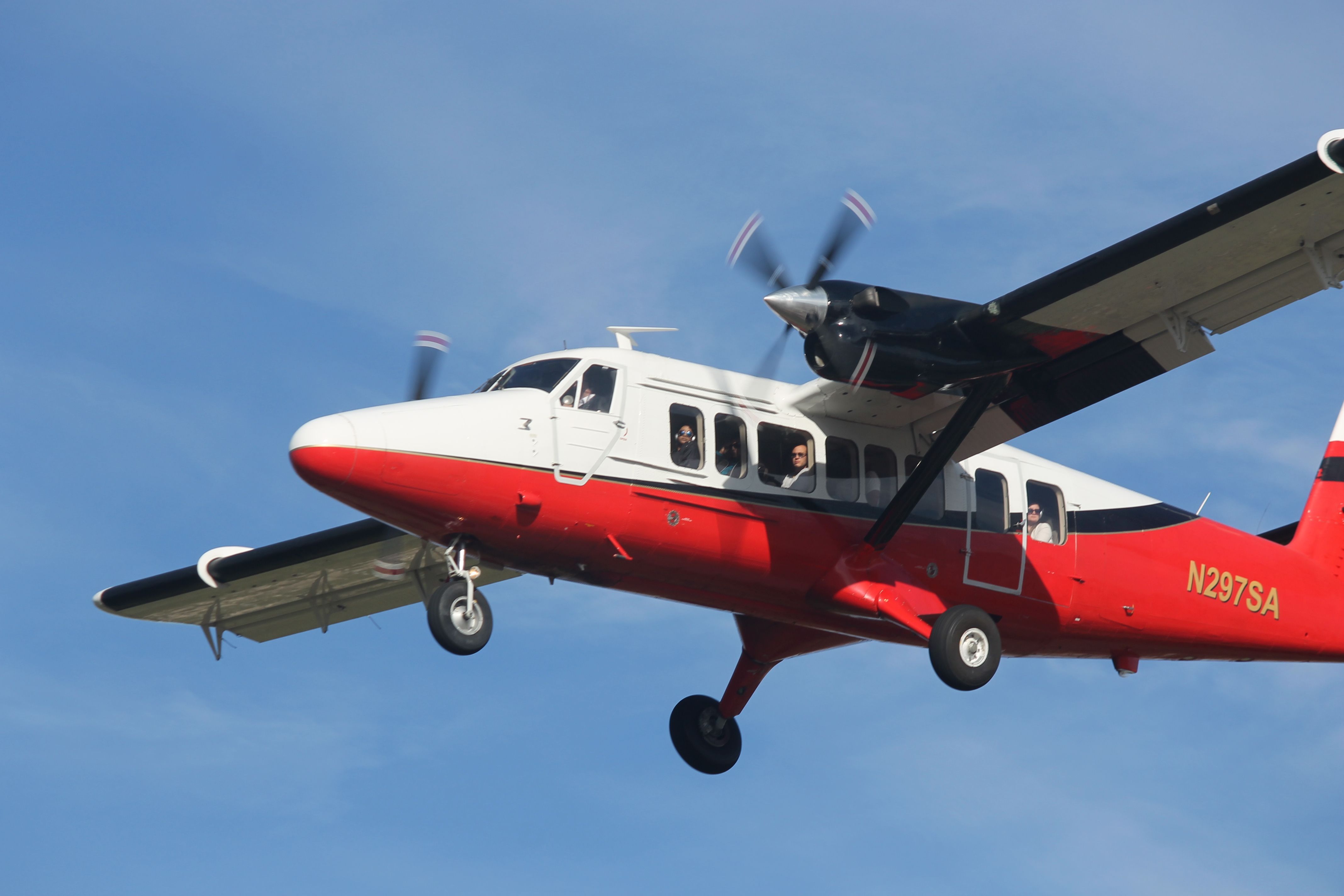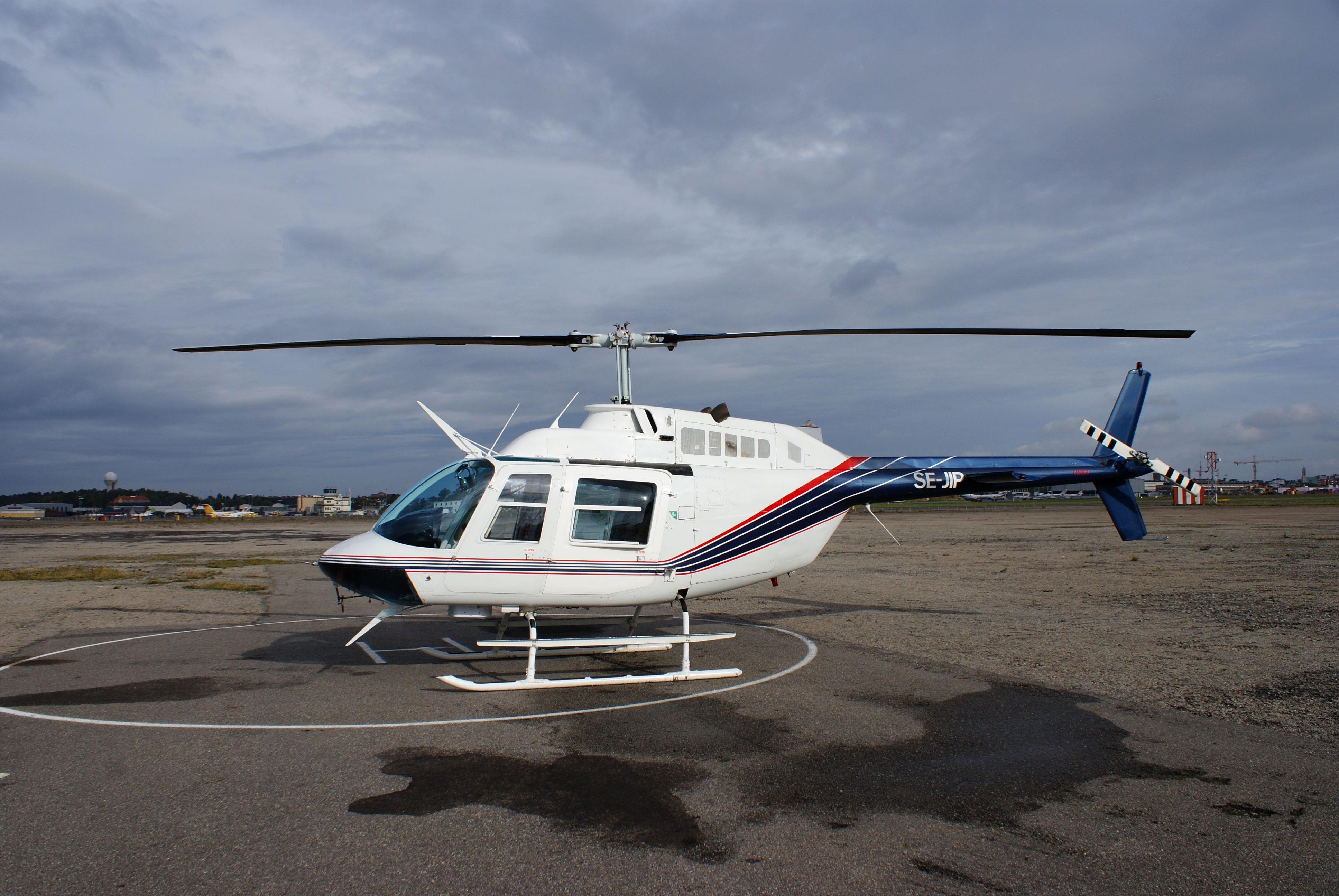Helitech Flight 2, or the Grand Canyon mid-air collision, remains the worst crash involving a helicopter in the US to date. The accident occurred in 1986, with a Bell 206 helicopter and DHC-6 Twin Otter coming into contact over the canyon, resulting in both aircraft plummeting from an altitude of 6,000 feet.
No visual contact
On June 18th, 1986, Grand Canyon Airlines Flight 6 took off from the National Park Airport bound for a 30-minute scenic flight over the historical rock formation. The De Havilland Canada DHC-6 Twin Otter was carrying 18 passengers and two pilots on this routine flight, departing at 08:55 local time.
The Grand Canyon is also home to several helicopter tours, with Helitech Flight 2 using its private port at 09:13 to depart for another tour of the canyon. At the time, the FAA did not regulate separation between planes and helicopters, allowing a visual contact system to exist instead. This allowed the Bell 206 to follow a similar path over the sights of the Grand Canyon at the same time, carrying four passengers and one pilot.
The two aircraft approached each other at roughly right angles, possibly explaining why they did not see each other. With neither plane maneuvering out of the way at 6,500 feet over the Tonto Plateau, the chopper's main blades hit the tail and rear landing gear of the Twin Otter, while the rear blade struck the fuselage.
The crash caused the main blades to separate and further damage the Twin Otters fuselage, causing it to pitch into the canyon walls and crash, while the helicopter lost all power. The tragedy resulted in the loss of all 25 of those onboard both aircraft.
No conclusive result
The crash of two scenic flights over the Grand Canyon resulted in a full investigation by the National Transportation Safety Bureau (NTSB). The biggest hurdle for investigators was the lack of flight data from either aircraft since scenic flights had no such requirements for monitoring information. With no black boxes or altitude information, it was impossible to piece together why the pilots were unable to make visual contact over the plateau.
However, the incident did highlight the perils of the 'see and avoid' principle being used for scenic flights with different aircraft types. The NTSB made several recommendations to the FAA to improve safety over the canyon. The first move was to avoid concentration of flights over specific scenic points of the canyon. The second decision was for the FAA to begin regulating the separation of fixed-wing aircraft and helicopters, including the reporting of altitudes and flight paths in advance.
While crashes over the canyon still occur from time to time, mid-air collisions have become rare thanks to the new regulations, which came after two fatal crashes in 1956 and 1986. The first crash occurred between a DC-7 and Super Constellation over the Canyon, highlighting major flaws in the "see and avoid" instructions, killing 128. While this established radar control over the Canyon, the second crash was the one that brought in strict rules for all aircraft to ensure their safe passage over the popular sight.
Today, any crashes in the Canyon are rare and usually caused by weather issues or pilot errors rather than a lack of air traffic services, making the journey much safer than a few decades ago.



.jpeg)